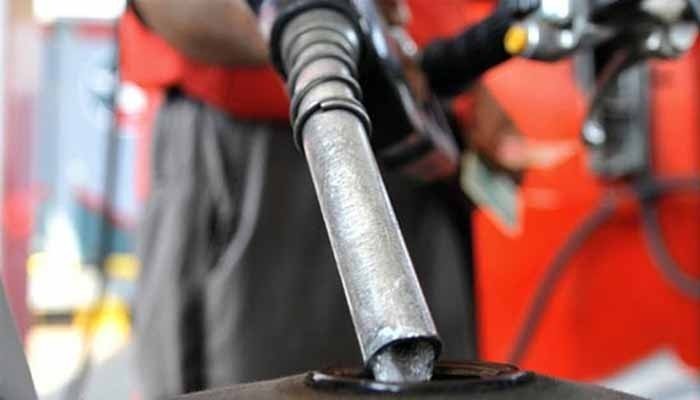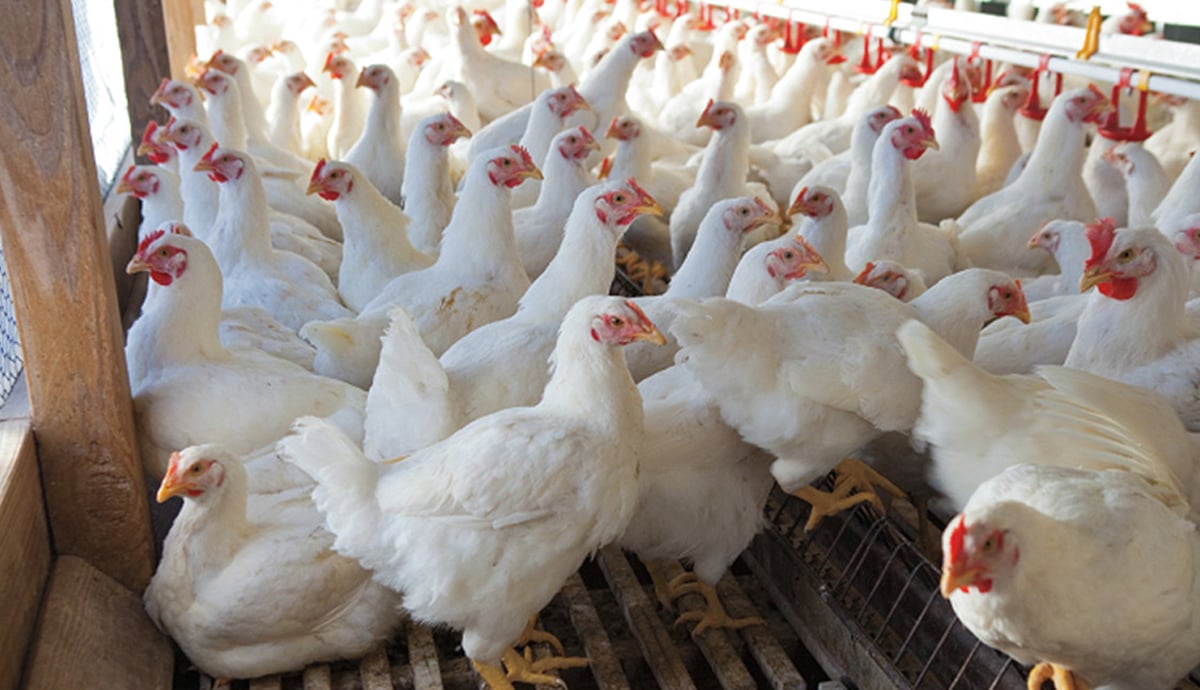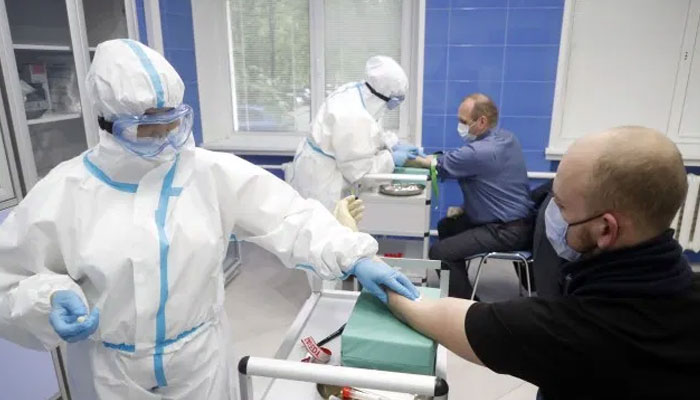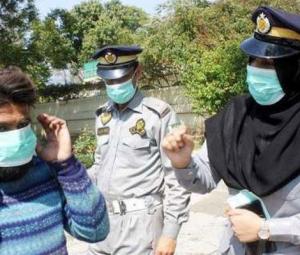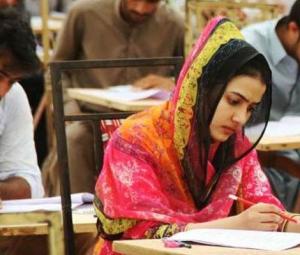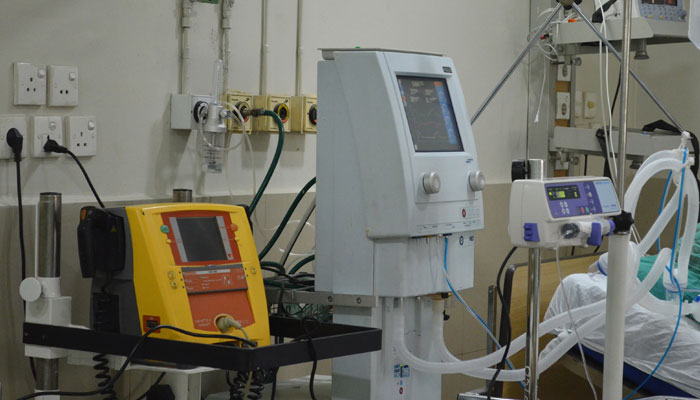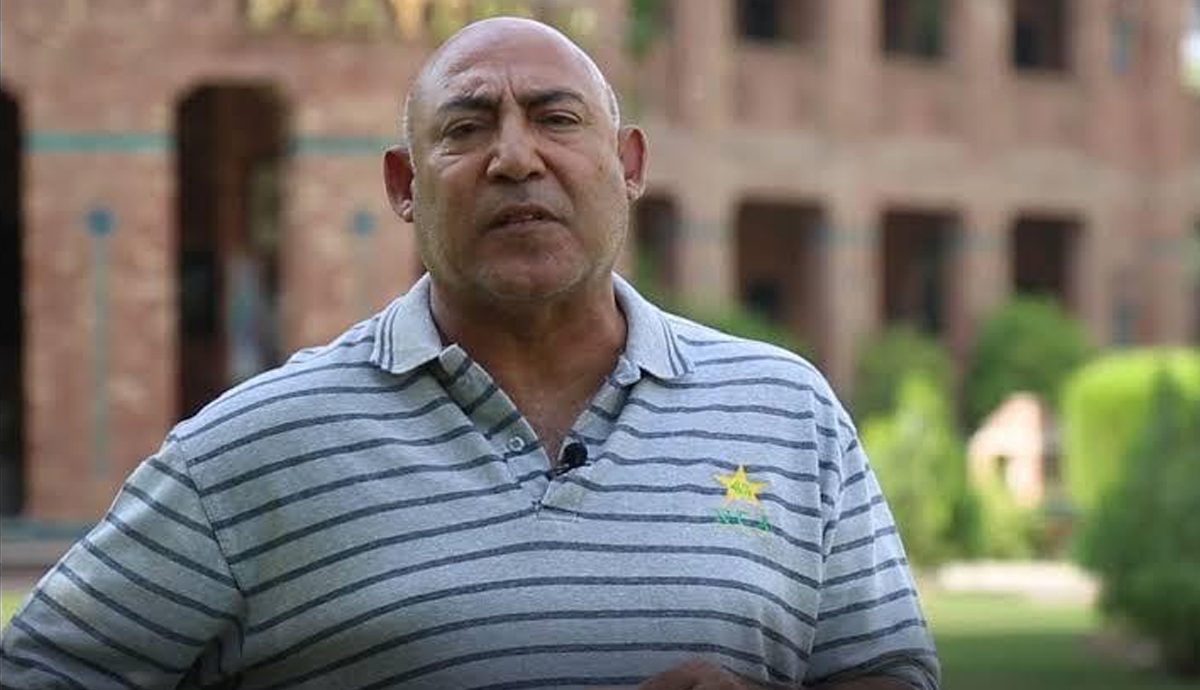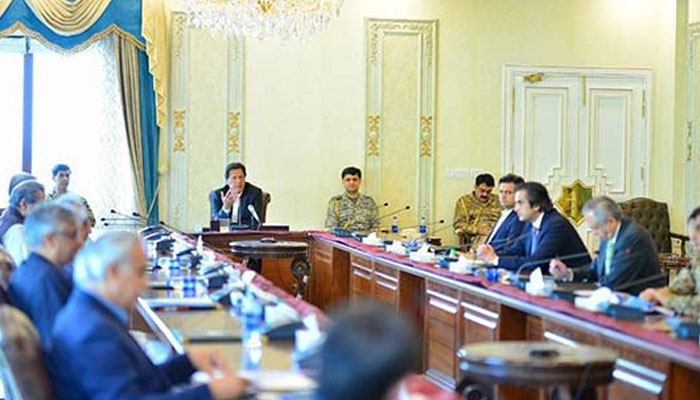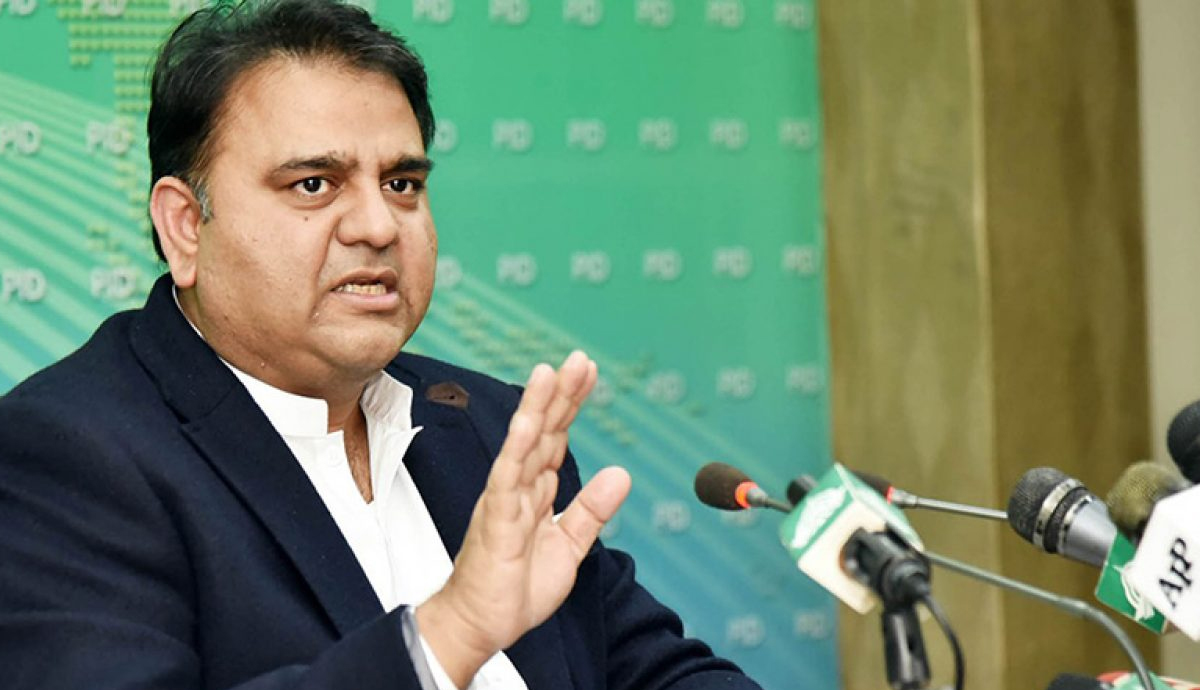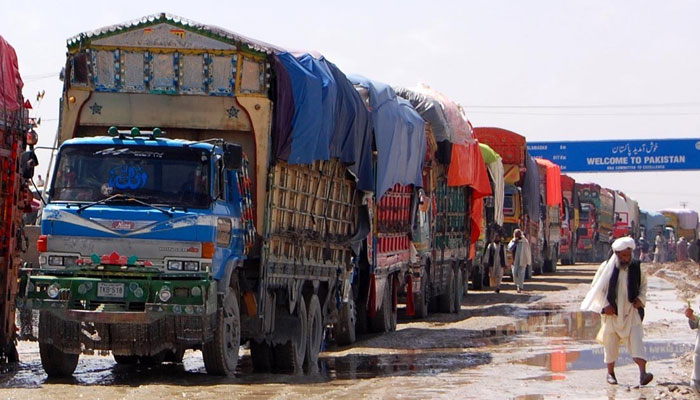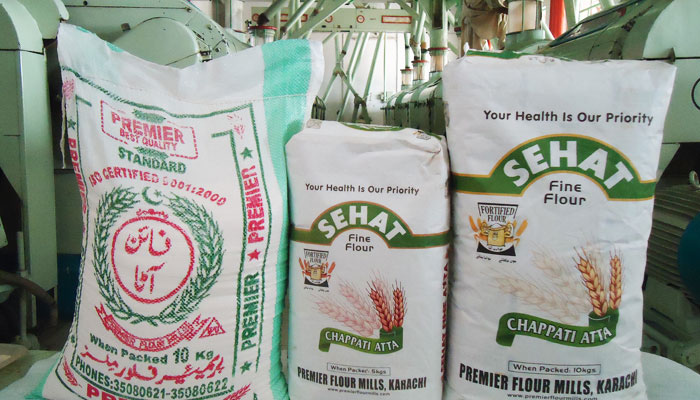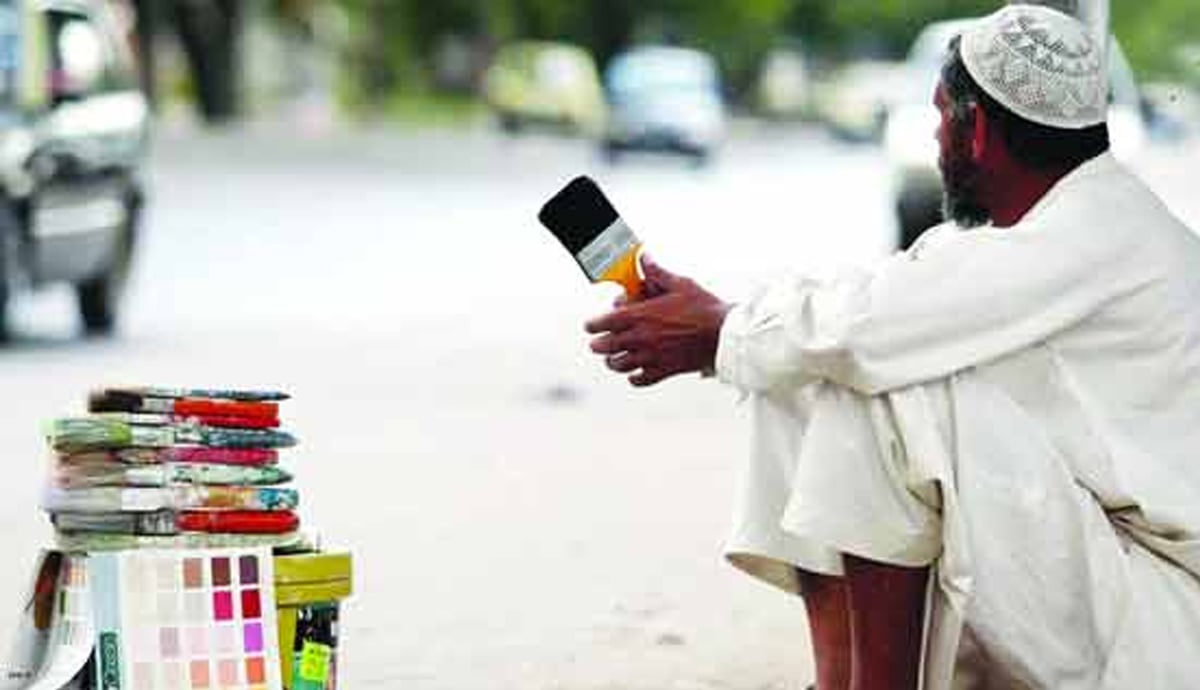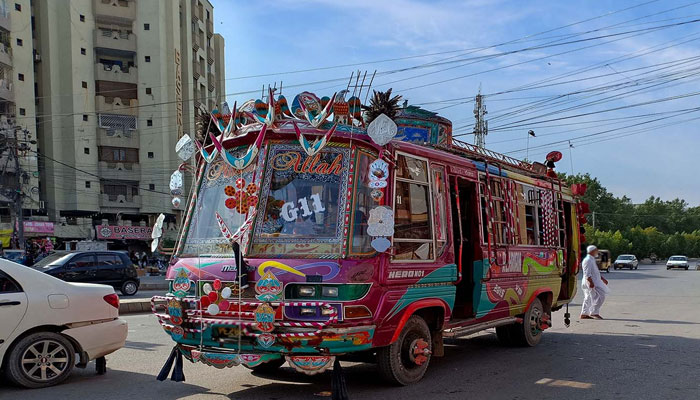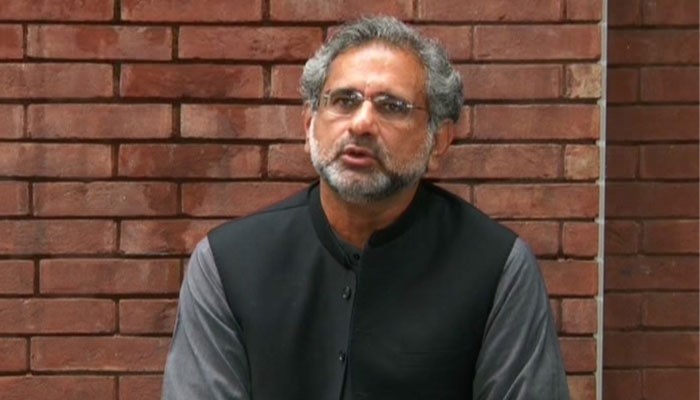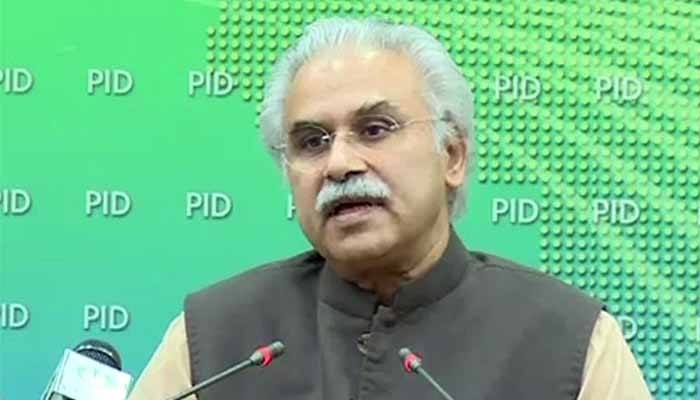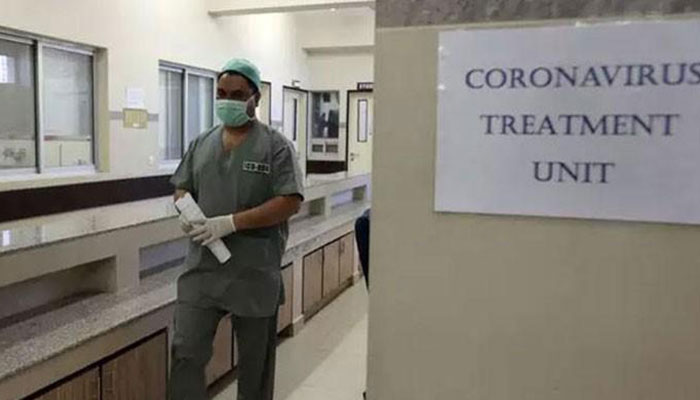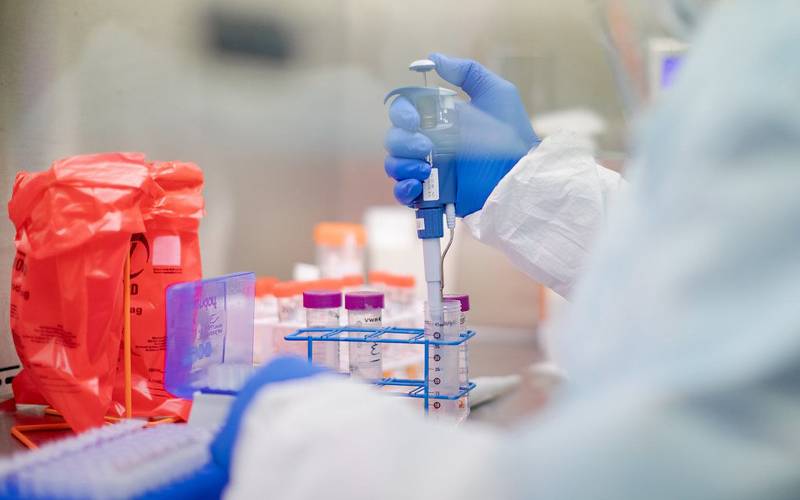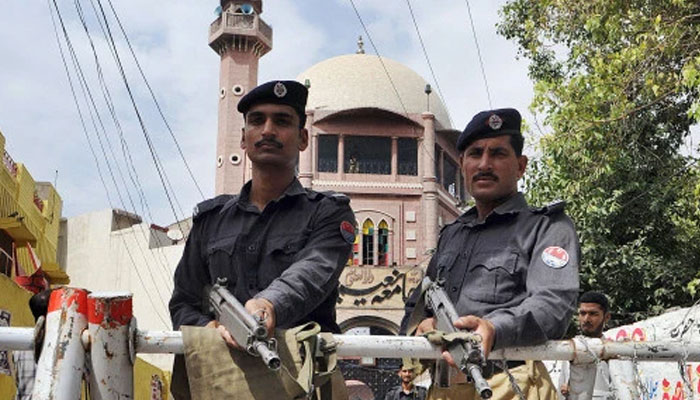Due to the growing number of corona virus cases in the country, only nine beds are available in high-dependency units (H.D.Us) at Karachi’s 10 public and private hospitals treating such patients, while 61 ventilators are available at these facilities, Sindh Health Department officials said on Wednesday.
According to The News, officials told Chief Minister Murad Ali Shah during a meeting that 927 corona virus patients were under treatment out of which 235 were in a critical condition. Officials further told the chief minister that 42 people were on life support, while 61 ventilators were available at the city’s 10 hospitals treating corona virus patients, but the most worrying situation was that only nine beds were available in the H.D.Us of these facilities.
Despite the availability of 61 ventilators, not every patient can be put on life support because only those requiring artificial breathing need that, said the officials, adding that there is hardly any space left at COVID-19 treatment facilities in the public and private sectors.
The chief minister directed the health department to make an additional 500 monitors and 200 ventilators available in the province, besides completing the 50-bed hospital in Gulistan-e-Jauhar and the 200-bed Infectious Disease Control Hospital (IDCH) at Nipa by June.
“We have arranged Rs2.7 billion to upgrade the existing health facilities and make two new hospitals operational in Karachi next month,” said Shah. “Hopefully, with their start, the government will be able to accommodate a large number of COVID-19 patients.”
The meeting was attended by Health Minister Dr Azra Pechuho, Chief Secretary Mumtaz Ali Shah, the CM’s Principal Secretary Sajid Jamal Abro, Health Secretary Zahid Abbasi, Prof Dr Bari and other officers concerned of the health department.
The chief executive was informed by the health authorities that the 10 city hospitals have 131 intensive care unit (ICU) beds and 174 HDUs, while 61 ICU beds and nine HDU beds are available there at these facilities.
The meeting also decided to expand the capacity of ICUs, HDUs and isolation bed facilities of Sindh’s 21 different hospitals, which have 224 ICU beds and will be provided with an additional 186 beds.
These hospitals have 268-bed HDU facilities and will be provided with an additional 268 beds, while they have 1,143-bed isolation facilities that will be provided with an additional 898 beds, decided the meeting.
The chief minister was told that 30 monitors and six ventilators had been provided to the Dr Ruth KM Pfau Civil Hospital Karachi, while work on piped oxygen in medical wards 1 and 2 and surgical wards 1 and 2 has been completed.
He was also told that negative pressure piping of surgical ICU that will have a 27-bed capacity has also been completed, while 85-bed medical wards 1 and 2 will be made functional by providing them with 60 more monitors.
Similarly, the meeting was informed by the relevant officials, surgical wards 1 and 2, 27-bed ICU and 53-bed HDU will be made functional by providing them with 23 ventilators and 53 monitors.
Jauhar hospital
Shah was told that the structure of the 50-bed hospital in Gulistan-e-Jauhar located opposite the University of Karachi is ready to use, while the oxygen pipeline was being laid and work will be completed by the end of this week.
On the recommendation of the health department, the chief minister approved Rs 95.7 million for the purchase of equipment, including four ventilators, 40 monitors, a portable X-ray machine, two ECG machines, two portable monitors, 35 beds and a 500 kVA generator. The chief executive on the occasion gave the officials of the health department four to six weeks to make the hospital functional and report to him on the matter.
200-bed IDCH
The chief minister was told that the 200-bed IDCH at Nipa is a three-storey building being developed with high-flow oxygen and ICU, and the structure of the hospital was ready to shift while the necessary installation and fixing of the hospital equipment had started.
He directed the health department to make the 54-bed ground and first floor functional within the next five weeks As private hospitals have been asked by the government to expand their ICUs and HDUs said Shah, over Rs 2.7 billion have been released to purchase the equipment to upgrade the existing facilities.
‘Ignore the rumours’
The Sindh government has clarified that it has not been using its authority to forcibly send anyone diagnosed with COVID-19 to hospital isolation, advising people not to pay heed to such rumours that are being deliberately spread to discourage them from getting tested for the novel corona virus infection.
In a statement issued on Wednesday, Sindh government spokesman Murtaza Wahab said that it is wrong to assume that people diagnosed with COVID-19 were being forced for hospital isolation. He said that certain elements are behind creating such a false impression so as to misguide the people during the pandemic.
Wahab, who is also the chief minister’s law and environment adviser, said the provincial government fully backs the recommendations of doctors that people diagnosed with the novel corona virus infection but showing no symptoms can self-isolate at home as a precaution. He said such cases of COVID-19 fall into the ‘A category’ of the novel corona virus patients, adding that the provincial government has duly issued standard operating procedures for their isolation.
The spokesman added that such a false impression that the government had been using its authority to forcibly send people to hospital isolation has to be negated so as to encourage people to get tested for COVID-19 without any fear while fulfilling their responsibilities as law-abiding citizens.
He advised the public that anyone with symptoms of the novel corona virus should contact the helpline service of the health department, which will send its team to screen them for COVID-19 at home free of charge. He said that if the novel corona virus test result turns out to be positive, the health department team would provide the best set of guidelines to observe the mandatory isolation period.
